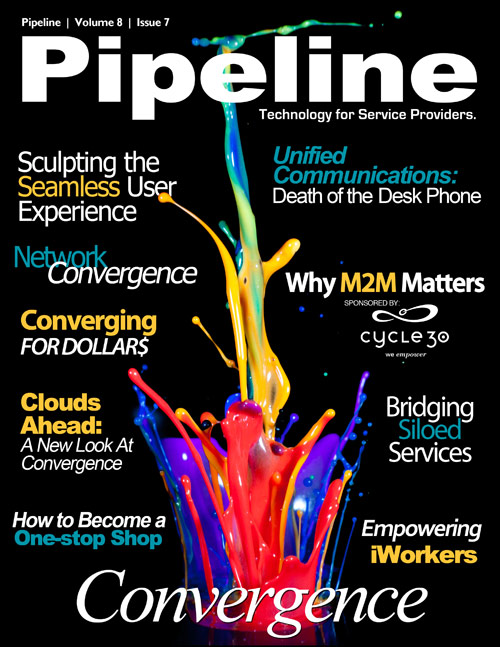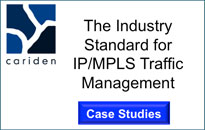But to make matters more complicated, unified communications is quickly becoming a reality and business increasingly demands one point of contact for all of their communications solutions.
Sandra Palumbo, telecommunications analyst for Yankee Group, says traditional carriers might be in a position to become a broker for application providers, providing enterprise with a one-stop shop.
"If you asked the traditional carriers what they would like to see happen, they want to be the middle-man and broker services between the application providers and the enterprise," Palumbo says. "They have the network, billing and customer service infrastructure and the application and non-traditional service providers have the agility and innovation."
But getting everyone on board with that plan might take some convincing.
"But that's really the goal for the traditional carriers," Palumbo adds."Convergence is really enabling traditional service providers to expand their portfolio."
But Dr. William Lehr, a researcher with the Massachusetts Institute of Technology (MIT), suggests the push for open, accessible solutions for the iWorker might loosen the control traditional providers have had over the market.
"End-users will play a bigger role in selecting among models, and more open devices and equipment hold the potential for disintermediating traditional CSP business models, or at least tempering their control," Dr. Lehr says.
NFF: Network Frenemys Forever
Convergence and the Enterprise 2.0 revolution will continue to force "frenemy" relationships like the one between traditional networks and over-the-top providers, according to Palumbo.
The Googles and Amazons are offering business solutions without regard to bandwidth, which eats into network revenue. But networks need the Googles and Amazons for their traffic.
"There is a perception by users that they should be able to get whatever they want, whenever they want," Palumbo says. "And as much as service providers hate to admit it, when it comes down to it, they just can't bank on selling bandwidth anymore. That's not to say that it doesn't cost money to build, manage and operate the networks it does. But consumers don't want to hear that they need to buy more bandwidth from you."
It's that kind of customer demand that will require all sorts of competing networks and applications providers to converge and make uneasy frenemies out of all sorts of CSP's.
Where's the Smart Money?
Dr. Lehr says first, wireless will clearly be "critical to everything moving forward." And mobile broadband, which will also be important, will likely come from 4G+ providers, most likely LTE networks.
"But nothing will be the full picture," Dr. Lehr adds.
CSP's need to think about their history and what they do best, Palumbo says. Providers with robust wireless and mobile networks can focus on Cloud technologies, while regionally focused players like Comcast and Cablevision might be poised to leverage more data services.
Fundamentally, there is plenty of evolution that needs to take place in order to realize the seamless, converged networks that will fuel the Enterprise 2.0 revolution.
"There are a bunch of things that need to co-evolve for the bold vision to be realized -- that means on the policy, technology, and market side," Dr. Lehr says.
But one thing is certain, consumers are looking for cheap, flexible, limitless power wherever they go. CSP's that focus and strengthen the services they provide best and stake their claim as part of an overall end-to-end solution will be positioned to win.









